al in cement production
2021-02-17T16:02:45+00:00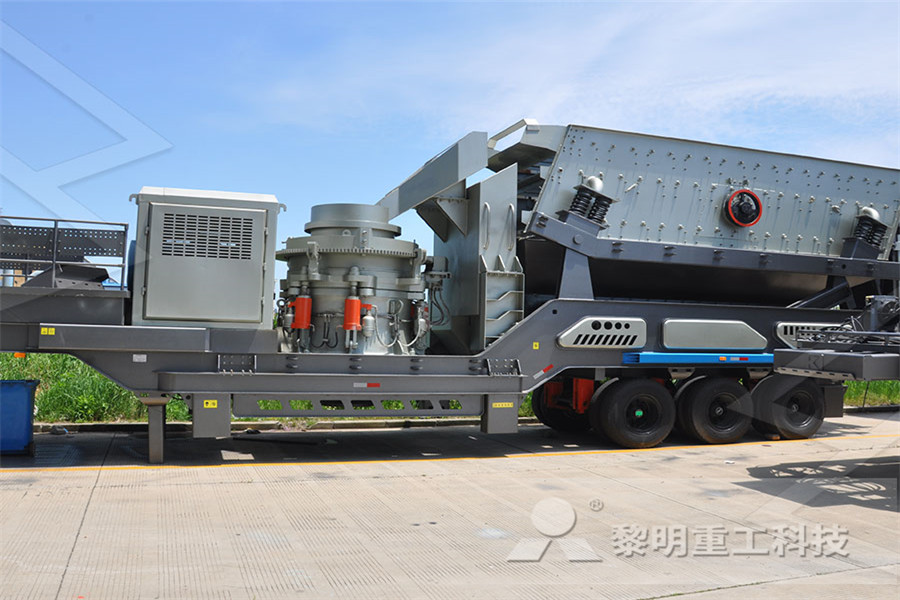
Coal in the cement industry
The main fuel used for firing preheater cyclone and rotary kiln is coal Therefore, coal plays an important role in the manufacturing process of cement Based on the composition of raw feed a wide range of coal is used In a cement plant two systems of coal firing are used, namely, a) Direct firing and b) Indirect firing The utilisation of coal in the cement and concrete industries takes three basic forms: 1 As a fuel in the production of cement clinker, 2 Ash produced by burning coal in power stations is used as a component in cement rotary kiln feeds, 3 Ash produced by burning coal in power stations is used as a mineral additive in concrete mixesCoal utilisation in the cement and concrete industries coal mill in cement plant The coal used in cement production is very fine pulverized coal When the dust collection in cement production workshop is not good, the coal will float in the air, and when the critical value is reached, oxidation reaction will occur, causing an the safety management of cement plant, the coal mill should be operated in order to get pricecoal in small cement production plant
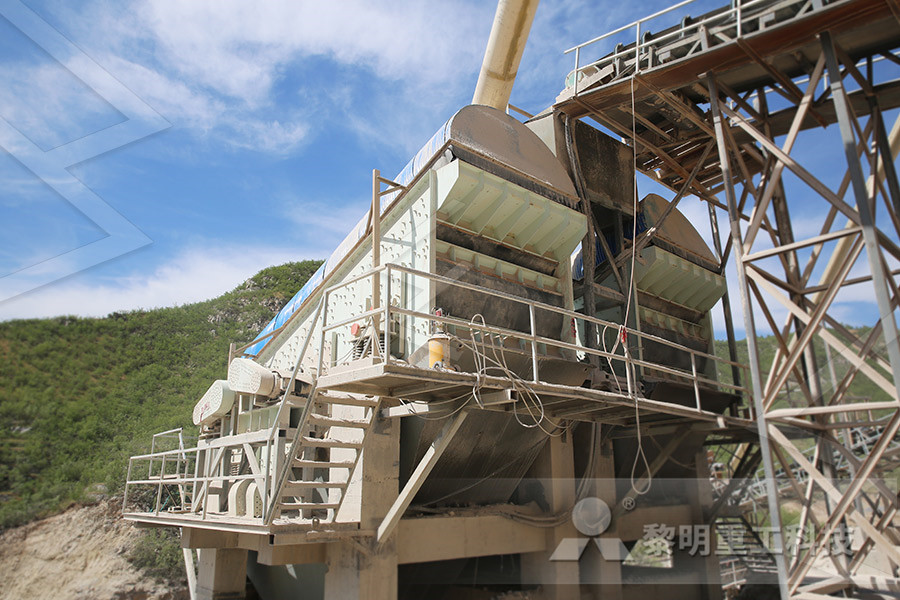
Cement Plants: Coal
London coal gas production began in 1813 and by 1842 was producing 300,000 tons of coke a year, so coke was also readily available, and, being essentially a waste product, was cheaper than coal Early cement plants used coal for drying slurry and for power generation, and coke for kiln burning Per tonne of clinker produced, consumption was Coal is a common energy source in the steel industry to extract iron from iron ore, and in the cement production process The four main types of coal are lignite, subbituminous, bituminous, and anthracite Each type has varying amounts of hydrogen, oxygen, nitrogen, sulphur, and carbon, and as a result they have different usesCoal Analysis and Production Information Thermo Fisher production of COx from the calcination of raw material and fuel combustion is nearly 1 ton per ton of clinker and is the major reason, why kilns consume about 3–7 GJ of heat energy per ton of local coal, in cement manufacturing, its formulation for blending with raw mix and its impact on raw material and clinker parametersUse of coal as a fuel in cement plants and its impact on
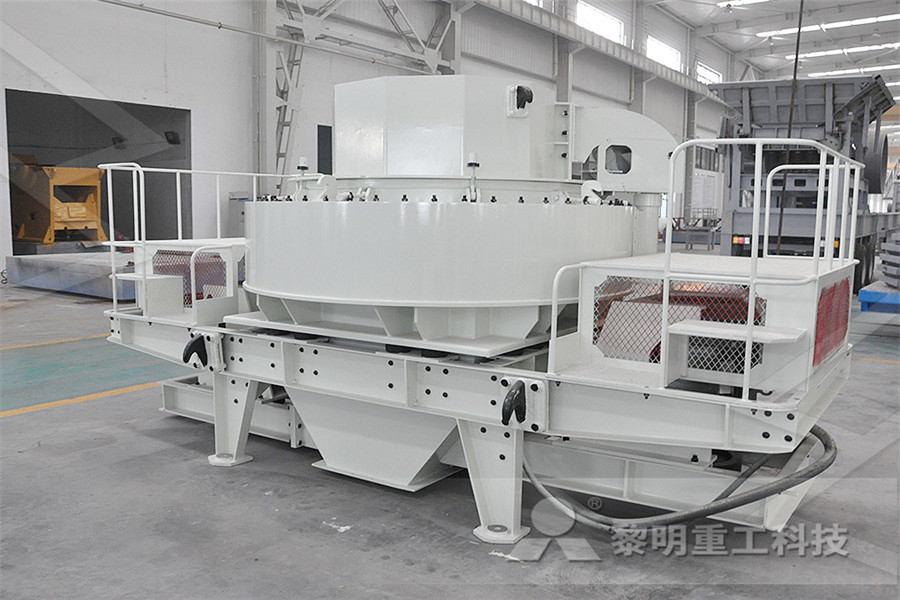
Cement Production Thermo Fisher Scientific CN
Coal is still used in approximately 90% of cement plants globally, to deliver the energy needed for the heat inside the kiln PGNAA analyzers are used to control the coal blend Cement Bulk Material Control and Handling Equipment Cement production is an energyintensive process consuming thermal energy of the order of 33 GJ/tonne of clinker produced, which accounts for 30 – 40 percent of Alternative Fuels in Cement Manufacturing IntechOpen KISPL meets coal quality specification for Cement Production JANUARY 10, 2008, NEW DELHI The two basic processes in cement production are the wet and dry processes which are named after the manner in which the raw mix is introduced into the kiln In the wet process the mix is introduced into the kiln as a slurry with 2040% moistureEnergy Source for Cement Kilns: KIS Knowledge is Power
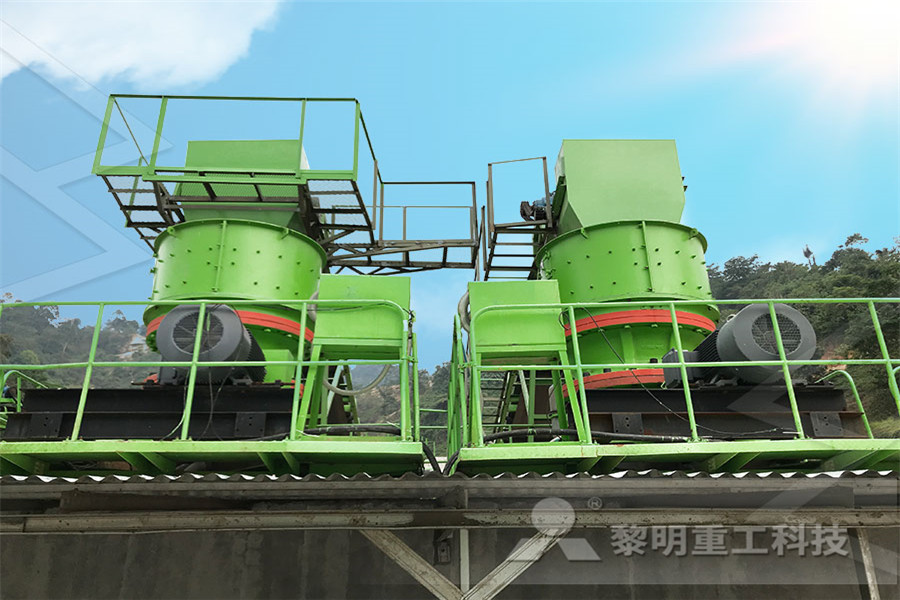
Cement Plants: Coal
London coal gas production began in 1813 and by 1842 was producing 300,000 tons of coke a year, so coke was also readily available, and, being essentially a waste product, was cheaper than coal Early cement plants used coal for drying slurry and for power generation, and coke for kiln burning Per tonne of clinker produced, consumption was COMPARATIVE ANALYSIS OF COAL, FUEL OIL AND NATURAL GAS FOR CEMENT PRODUCTION ABSTRACT This study is a comparative analysis of the use of coal, fuel oil and natural gas for cement production noting their physical and chemical properties, cost and availability, impact on the environment and human healthCOAL, FUEL OIL AND NATURAL GAS FOR CEMENT PRODUCTION A 10day production ban on cement plants in northern China's Hebei province could prop up the domest Hi, please login Thermal coal Production area Coal production continued under disruptions from safety and environmental controls and more mines cut or suspended production due to insufficient sales quotaCement production halts may bolster thermal coal prices
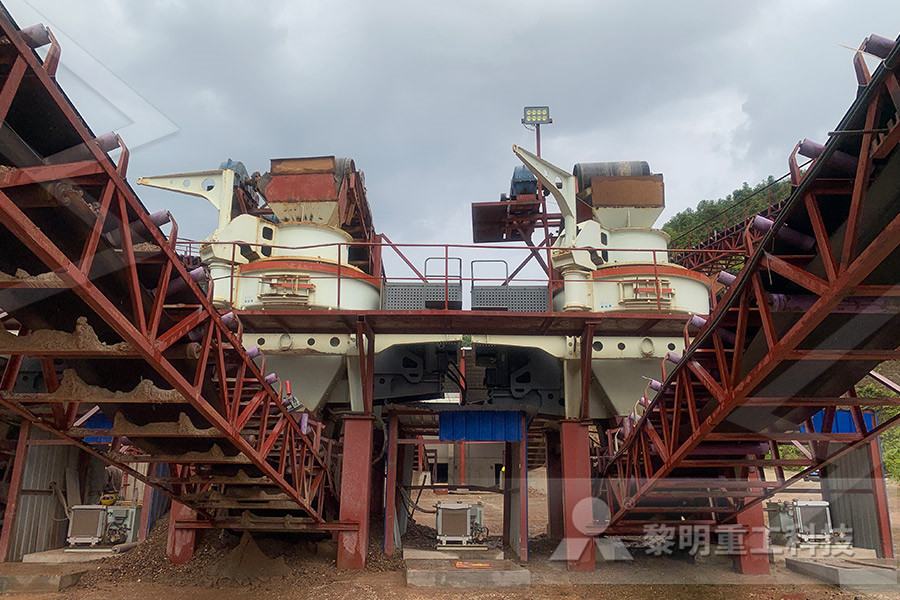
Coal Mill – Coal Mill In Cement Plant AGICO Cement
The coal mill grinding system is an important part of the dry process cement manufacturing In cement plants, we usually adopt the air swept coal mill system or vertical mill system as the pulverized coal preparation system, which is arranged at the cement kiln head or kiln tail to provide fuel for clinker calcination However, due to the flammable and explosive characteristics of pulverized Cement production also is a key source of CO2 emissions, due in part to the significant reliance on coal and petroleum coke to fuel the kilns for clinker production Globally, CO2 emissions from cement production were estimated at 829 MMTCO2 in 2000 7, approximately 34% of global CO 2 emissions from fossil fuel combustion and cement productionCO2 Emissions Profile of the US Cement Industry Cement production is an energyintensive process consuming thermal energy of the order of 33 GJ/tonne of clinker produced, which accounts for 30 – 40 percent of production costs (Giddings et al, 2000; EC, 2001) Worldwide, coal is the predominant fuel burned in cement kilns Cement production consumes approximately 120 kg of coal per tonne Alternative Fuels in Cement Manufacturing IntechOpen
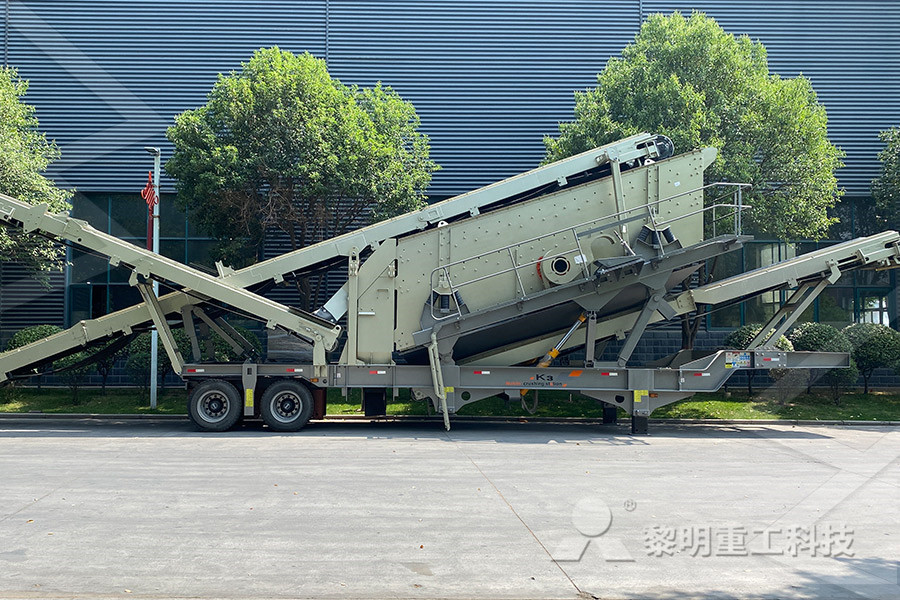
CoalPowered Cement Plant Starts Production Despite Local
CoalPowered Cement Plant Starts Production Despite Local Opposition 16 June 2017 TIMELINE: ChinaMyanmar Relations 13 January 2020 Death of a Journalist 27 September 2017 Reporter's Notebook: The Tanai Conflict 16 June 2017 The Failed UN Mission in MyanmarCement production, one of the key consumers of thermal coal in the industry sector, was 24% lower in the firstquarter 2020 than in the same period in 2019 Power generation was also affected, down 68% yearonyear (yoy) in the firstquarterDemand – Coal 2020 – Analysis IEA Unfortunately, the most efficient way to get a cement kiln that hot is to burn lots of coal, which, along with other fossil fuel energy sources, accounts for 40 percent of the industry’s emissionsCement has a carbon problem Here are some concrete
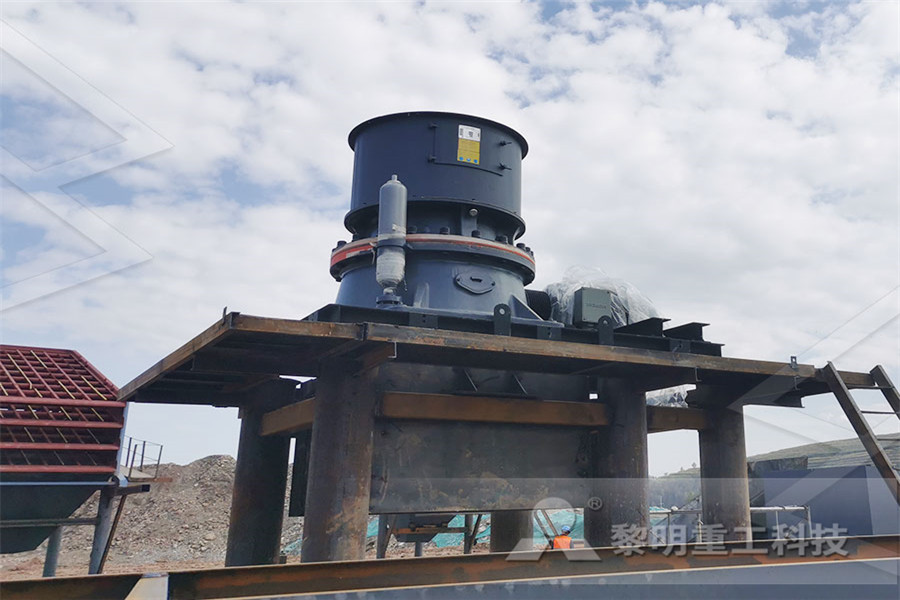
Climate change: Coal is powering the economic recovery
A resurgence in the use of coal is of particular concern, with demand expected to approach its 2014 peak this year China is expected to account for 50% of global demand growth for coalcoal mill in cement plant The coal used in cement production is very fine pulverized coal When the dust collection in cement production workshop is not good, the coal will float in the air, and when the critical value is reached, oxidation reaction will occur, causing an the safety management of cement plant, the coal mill should be operated in order to get pricecoal in small cement production plant London coal gas production began in 1813 and by 1842 was producing 300,000 tons of coke a year, so coke was also readily available, and, being essentially a waste product, was cheaper than coal Early cement plants used coal for drying slurry and for power generation, and coke for kiln burning Per tonne of clinker produced, consumption was Cement Plants: Coal
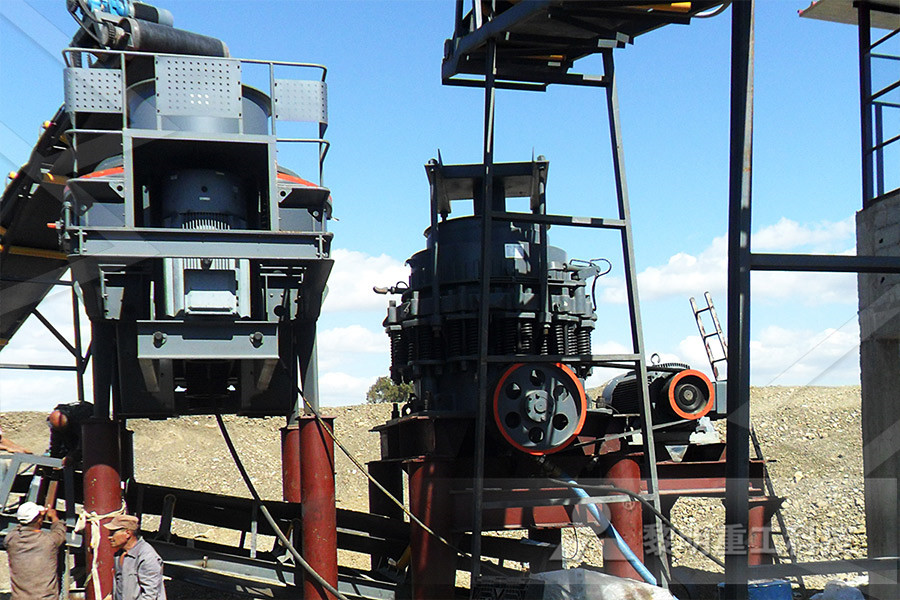
Alternative Fuels in Cement Manufacturing IntechOpen
Cement production is an energyintensive process consuming thermal energy of the order of 33 GJ/tonne of clinker produced, which accounts for 30 – 40 percent of production costs (Giddings et al, 2000; EC, 2001) Worldwide, coal is the predominant fuel burned in cement kilns Cement production consumes approximately 120 kg of coal per tonne The coal mill grinding system is an important part of the dry process cement manufacturing In cement plants, we usually adopt the air swept coal mill system or vertical mill system as the pulverized coal preparation system, which is arranged at the cement kiln head or kiln tail to provide fuel for clinker calcination However, due to the flammable and explosive characteristics of pulverized Coal Mill – Coal Mill In Cement Plant AGICO Cement Cement production, one of the key consumers of thermal coal in the industry sector, was 24% lower in the firstquarter 2020 than in the same period in 2019 Power generation was also affected, down 68% yearonyear (yoy) in the firstquarterDemand – Coal 2020 – Analysis IEA
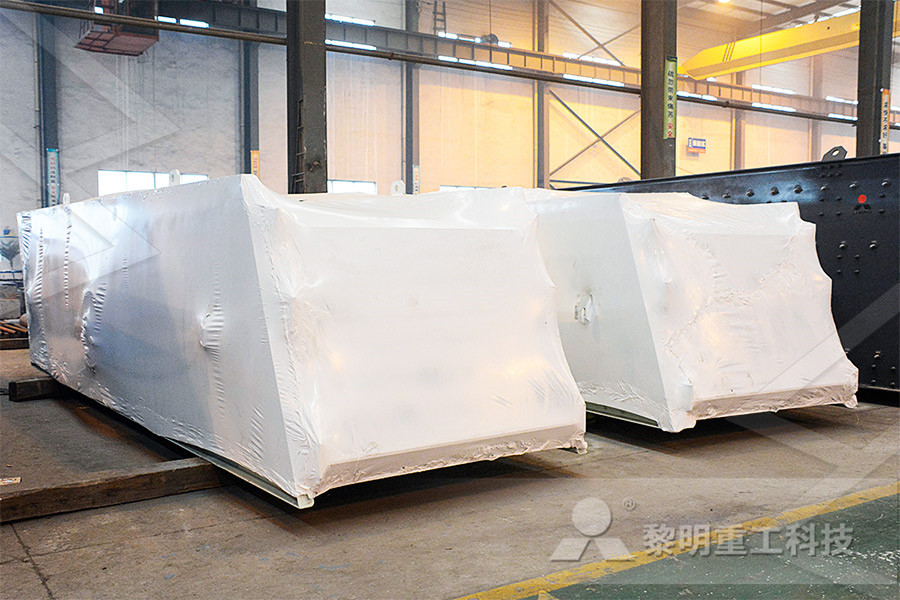
Use of coal as cement kiln Newspaper
If all the plants shift to total coal firing, their production requirement will be 35 million tons annually This will be in addition to 35 million tons of noncement consumption of coal in To produce cement, energy is required Coal is an important source of the energy needed A hightemperature kiln, often fuelled by coal, heats the raw materials of calcium carbonate (generally in the form of limestone), silica, iron oxide and alumina to a partial melt at 1450°C, transforming them chemically and physically into a substance Other uses of coal World Coal Association CoalPowered Cement Plant Starts Production Despite Local Opposition 16 June 2017 TIMELINE: ChinaMyanmar Relations 13 January 2020 Death of a Journalist 27 September 2017 Reporter's Notebook: The Tanai Conflict 16 June 2017 The Failed UN Mission in MyanmarCoalPowered Cement Plant Starts Production Despite
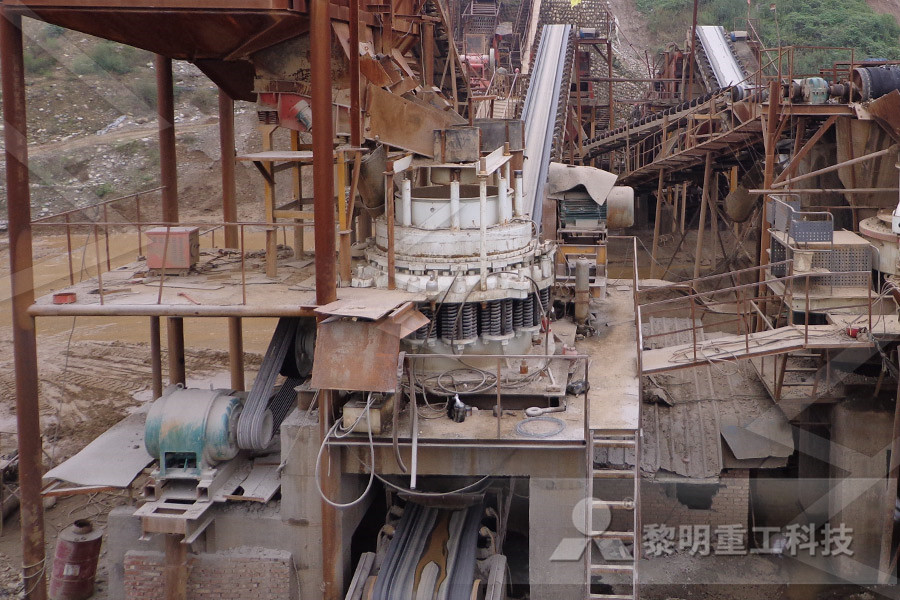
Coal facts NRCan
Coal is also a key ingredient in the manufacturing of steel and cement; Canada's coal production in 2019 was 57 million tonnes; Canada exported 37 million tonnes of coal and imported 8 million tonnes in 2019; Canada is the world's fourth largest exporter of metallurgical coal, after Australia, the United States and Russia current cement production levels, would require over 12 million tonnes of biomass fuel (compared to 68k tonnes of 100% biomass fuels used in 2018) The key issues with biomass centre around securing long term sustainable supplies Currently, the cement sector relies on waste biomass and part biomass fuels The intention wouldOptions for switching UK cement production sites to near